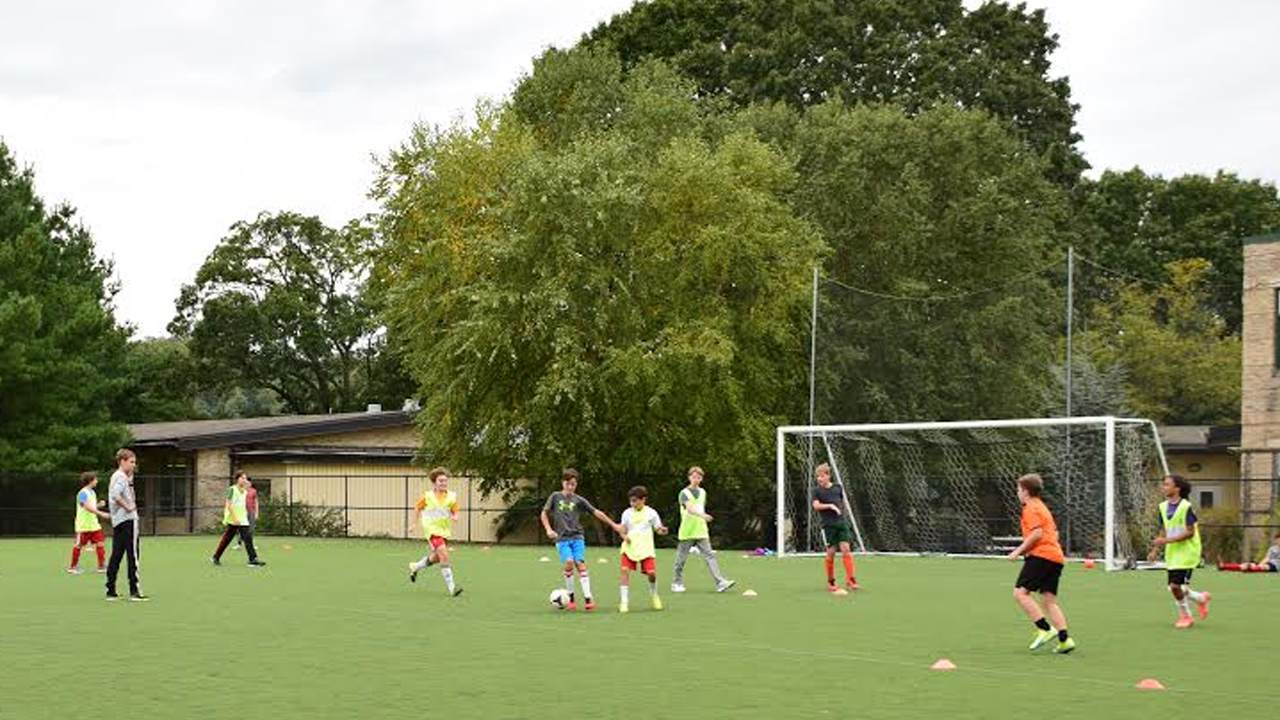Every sixth-grade physical education teacher knows it’s coming.
“Can we play a game?” is the question most often asked by students. The inquiries are relentless, and the response students seek is an unequivocal “Yes” for each and every request.
In reality, the answer they often receive—“Not today” —is always followed by the promise of three, two-week long intramurals competitions.
At the onset of puberty, sixth graders also begin their journey down the road toward greater independence. We often hear them use “I, me, and my” statements to maneuver through moments of success, confidence, confusion, conflict, and failure—and often all within a single school day! Therefore, it is important to focus their efforts on team building at the start of the year.
We place students in four intramural teams: Yellow Jackets, Green Hornets, Blue Crabs, and Red Barons. Given the varying physical and interpersonal skills, it is important for each squad to spend time working together in activities that build trust, strengthen communication, encourage cooperation, and emphasize commitment. With this foundation in place, students move through the fall season in eight-day sports units, where skills and strategies are taught and refined for the novice and experienced players respectively.
Mid-year, we introduce intramural competitions, and as expected, our sixth graders bring their energy, spirit, and game readiness to class each day. Wearing team jerseys, students coach themselves in these games; they lead their own warm-ups, make their own substitutions, and cheer loudly for their peers.
Physical education teachers officiate the games, keeping a keen eye on fairness and sports-citizenship. Occasionally, as heart rates rise, so does the level of disagreement among teammates, between teams, or with a referee. At these moments, the referee steps back into her/his teaching role seamlessly, to help students keep games in perspective and resolve conflict in ways that respect both the individual and the game itself.
In physical education, our intramural program allows us to leverage our student’s competing desires for autonomy and a group identity. Winning and losing are logical results in these competitions, but the real outcomes go beyond scores. Our students experience pride in team participation, the ability to practice the skills of self-advocacy, risk-taking, and cooperation, and the importance of learning bigger lessons from both success and failure. These experiences and skills prepare our students for our seventh and eighth grade interscholastic athletic program.


